Reviewed by Julianne Ngirngir
Google just dropped a major security update that's about to reshape how Android apps work outside the Play Store. TechCrunch announced on Monday that starting next year, Google will begin verifying the identities of developers distributing their apps on Android devices, not just those who distribute via the Play Store. This isn't just another policy tweak—it's a fundamental shift that could change how we think about Android's open ecosystem. The changes will affect all certified Android devices once live, though Google says the global rollout will be more gradual.
Why Google is tightening the screws on sideloading
Let's break down what's driving this change. Google says this will help to cut down on bad actors who hide their identity to distribute malware, commit financial fraud, or steal users' personal data. The numbers tell a compelling story here—Google's analysis shows that more than 50 times more malware came through internet-sideloaded sources compared with Google Play, where it has required developer verification since 2023. That's not a small difference; it's a massive security gap.
The verification system works by creating a digital paper trail that disrupts the cycle of anonymous bad actors. When Google takes down a malicious app, verified developers can't simply create a new identity and redistribute the same harmful software. This accountability mechanism transforms anonymous attackers into traceable entities, making repeat offenses significantly more difficult and costly.
Android Authority notes that Google is targeting specific regions for initial rollout due to fraudulent app scams often committed by "repeat perpetrators." These bad actors typically operate through a cycle: distribute malware, get caught, disappear, then emerge under a new fake identity to repeat the process. The move comes as Suzanne Frey, VP of Product, Trust & Growth for Android, emphasized Android's commitment to remaining both "open and secure."
What makes this particularly sophisticated is that some bad actors impersonate developers to release fake apps. Google compares the new verification process to an "ID check at the airport," designed to tackle malicious actors who impersonate legitimate developers and their brand image to trick users into downloading fake apps. Evolving threats, including attacks targeting financial information, have prompted Google to increase this layer of developer accountability across the entire Android ecosystem.
What developers need to know about the new requirements
Here's what you need to know if you're distributing apps outside the Play Store: developers will have to provide their legal name, address, email, and phone number. Organizations will additionally need to provide their website and a D-U-N-S number. This specific identifier matters for security because D-U-N-S numbers create verifiable business records that are much harder to fake than simple business names, adding another layer of authentication that makes impersonation significantly more difficult.
Google is setting up a new Android Developer Console to streamline the verification process, which PCMag notes is restricted to developers who distribute apps outside Google Play. This is essentially equivalent to the Google Play Console that Play Store developers currently use, but specifically designed for those who want to distribute their apps through other channels.
Here's where Google shows strategic nuance: Google notes that student and hobbyist developers will be able to use a separate type of Android Developer Console account when this system rolls out, as their needs differ from commercial developers. This accommodation reveals Google's understanding that innovation often comes from non-commercial developers who shouldn't face the same regulatory burden as organizations potentially handling sensitive user data or conducting financial transactions.
The key distinction to understand is that Google says it will only verify the identity of developers, not check the contents of their apps or their origin. As Google puts it, they won't review or block the app's content; the rule is about knowing who the developer is.
This creates a registry system where Google maintains verified developer identities without becoming content police. Developers only need to create a separate Android Developer Console account if they don't plan on distributing any of their apps on Google Play. If you're already distributing through the Play Store, you're likely already covered by existing verification requirements.
The rollout timeline: what to expect and when
The implementation follows a carefully planned timeline that gives developers plenty of time to prepare. Google will initially allow interested developers to sign up for early access starting in October 2025 to test the system and provide feedback. This early access program is smart—it gives Google a chance to work out any kinks before the requirements become mandatory.
In March 2026, verification will go live for all developers. This is when the new Android Developer Console becomes fully operational and any developer can go through the verification process.
By September 2026, any app installed on an Android device in Brazil, Indonesia, Singapore, and Thailand will have to meet the new requirements. Starting in 2027, the requirements will begin rolling out globally.
This affects certified Android devices that come with Google services pre-installed, including most Android phones sold in countries like the US, UK, India, and more, according to Republic World. However, devices without Google services like some Chinese phones or phones with custom software will not be affected.
What's worth noting is that this rollout strategy makes sense from both a testing and geopolitical perspective. The initial target countries represent diverse markets where Google has seen significant issues with fraudulent apps, making them ideal testing grounds before a global deployment.
What this means for Android's open ecosystem
This represents a sophisticated approach to the fundamental tension between openness and security in mobile computing. Google is explicit today about how "developers will have the same freedom to distribute their apps directly to users through sideloading or to use any app store they prefer."
The new requirement doesn't prevent malicious apps from reaching users, but Android Authority points out it does make it harder for their developers to remain anonymous. Google notes this creates crucial accountability, making it much harder for malicious actors to quickly distribute another harmful app after we take the first one down.
What's particularly innovative about this approach is that Google is adding safeguards that confirm who develops an app without policing the app's content or how it is distributed. It's accountability without censorship—you can still build whatever app you want and distribute it however you want, but Google (and users) will know who you are. This model could become the template for how other platforms balance openness with security in an era of increasing digital threats.
Interestingly, this mirrors moves in other ecosystems—Apple implemented a similar change for the EU App Store earlier this year to comply with the Digital Services Act, a regulation that now requires app developers to provide their "trader status" to submit new apps or app updates for distribution. This suggests we're seeing industry-wide convergence toward developer accountability as a security standard.
The timing also reflects broader legal pressures Google faces. With ongoing legal pressure in the Epic Games antitrust case and court orders to allow third-party app stores on Android, this verification system represents Google's strategy for maintaining ecosystem security while complying with requirements to open up app distribution. It's a way of saying: "We'll open the ecosystem, but we're going to know who's in it."
For those who want truly unrestricted Android experiences, non-Google versions of Android, like custom ROMs or devices sold without Google Play services, will remain open. This preserves the truly open Android experience for those who want it while adding security layers for mainstream users.
PRO TIP: If you're currently distributing apps outside the Play Store, start preparing now. The early access program in October 2025 will be your best chance to test the waters and provide feedback before the requirements go live. This change is coming whether you're ready or not, so getting ahead of the curve will save you headaches and potentially give you input into how the system works.




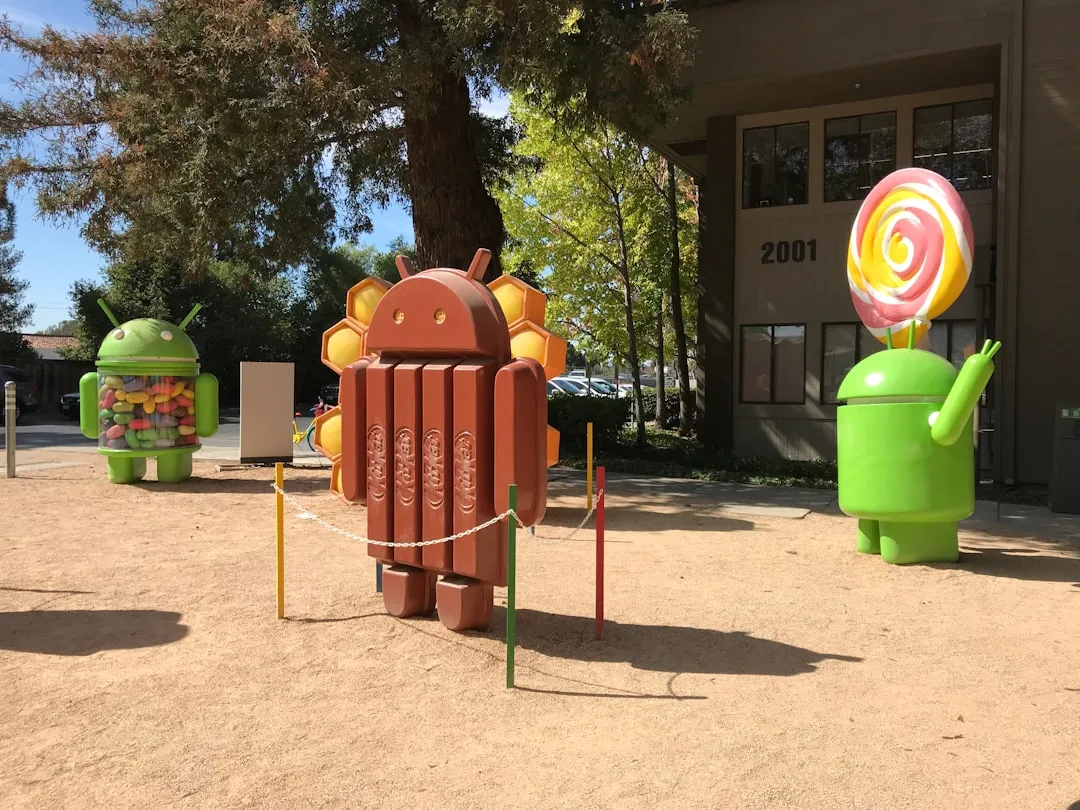

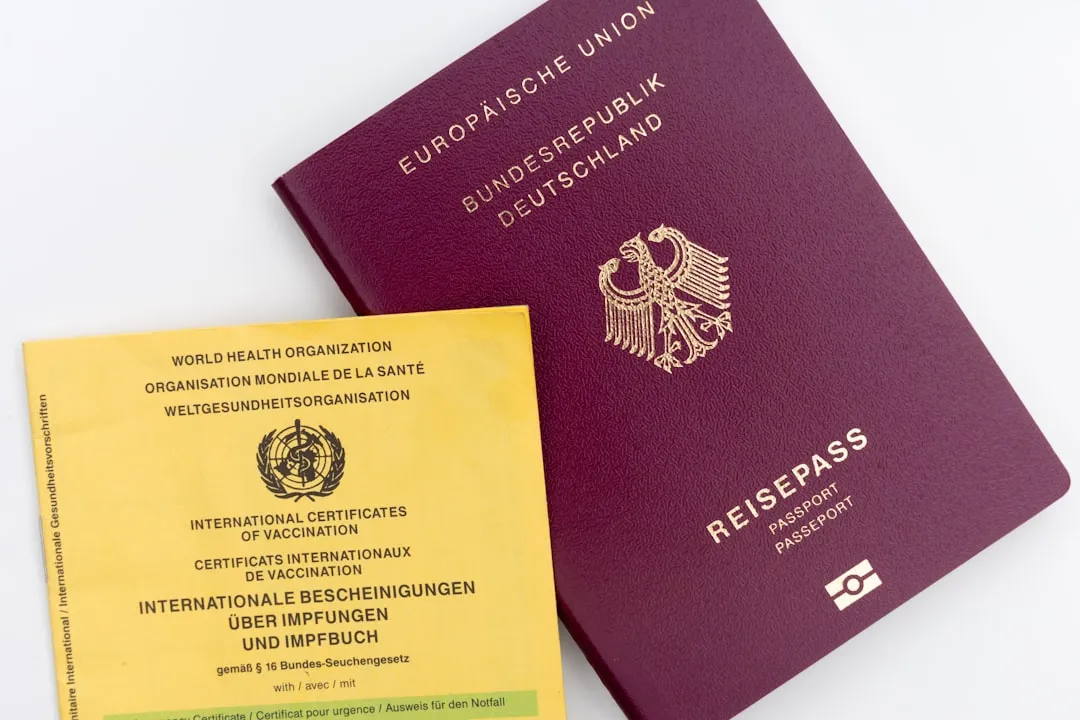

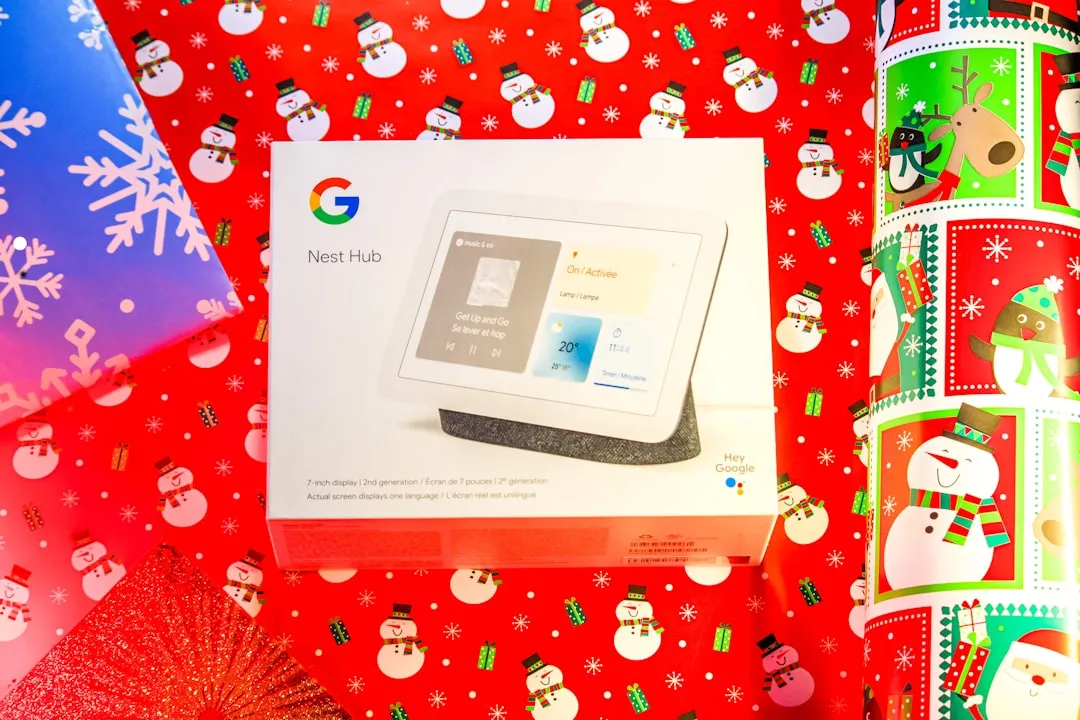


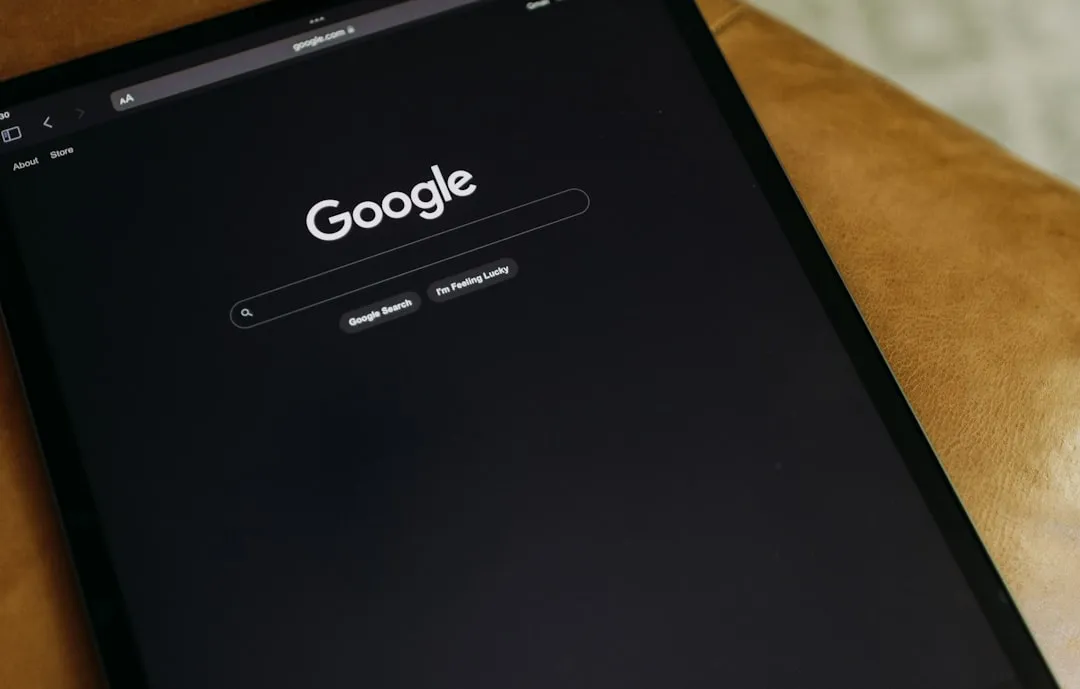
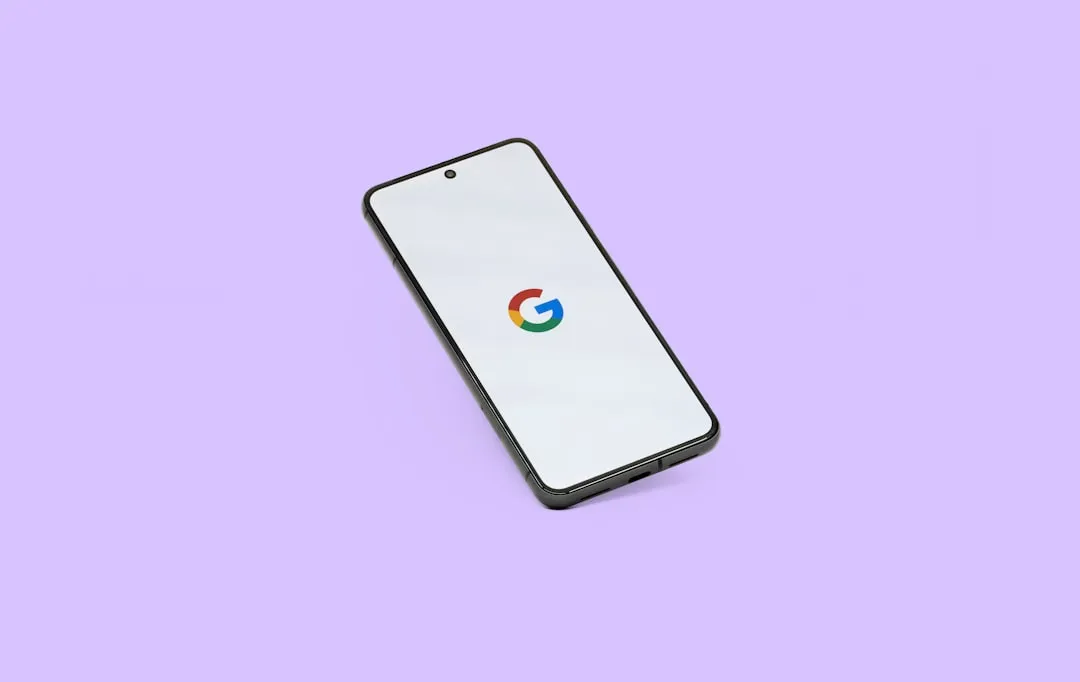
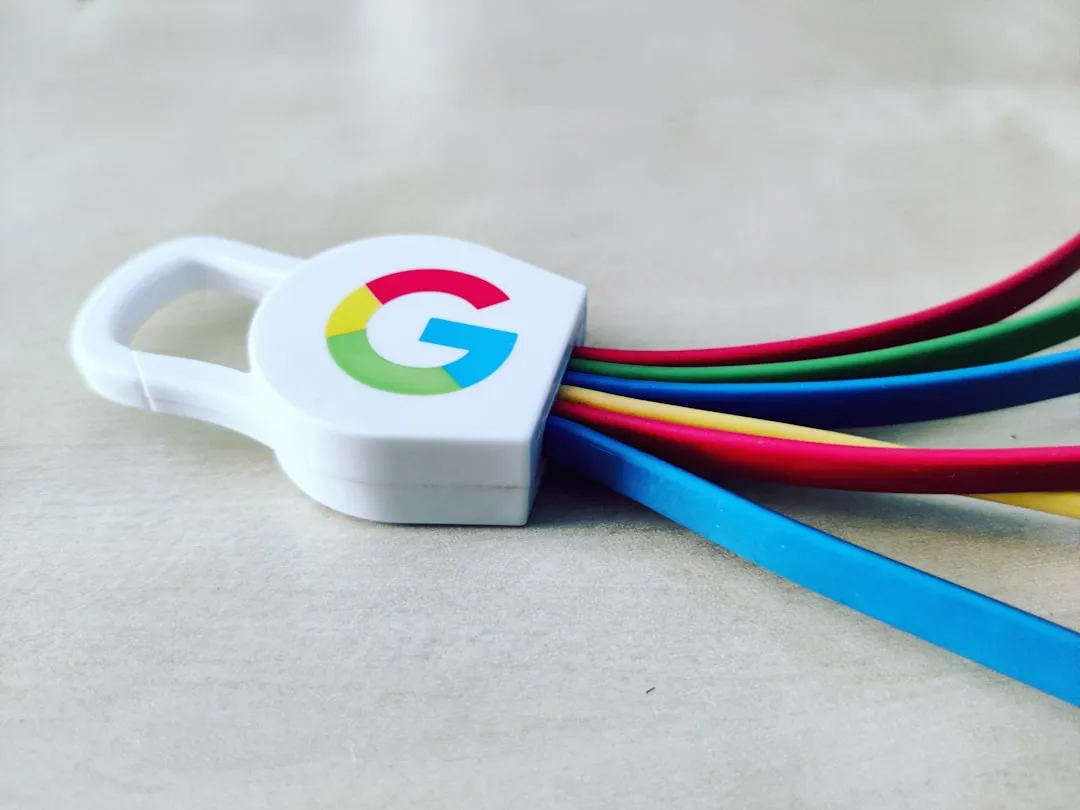
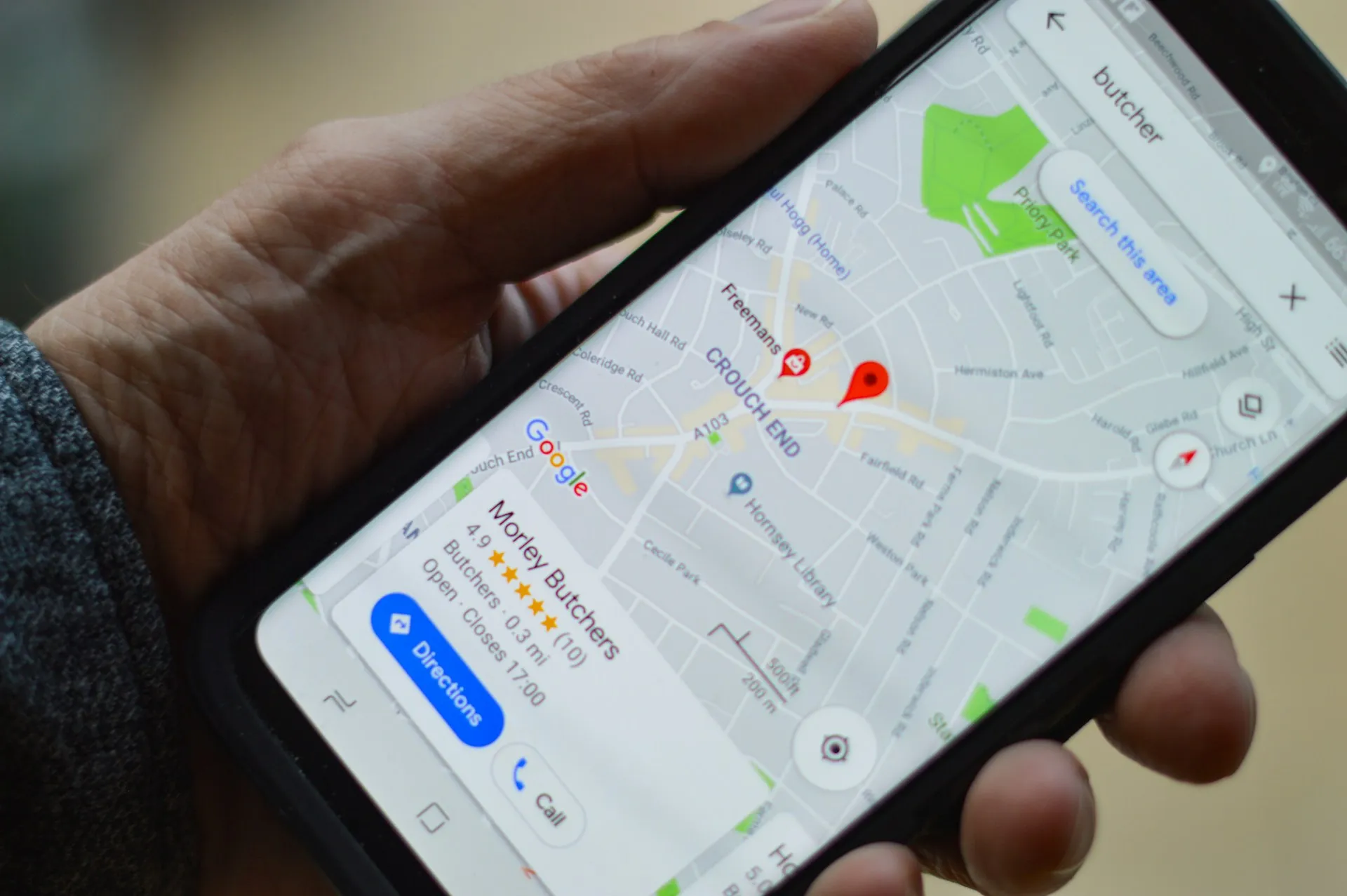
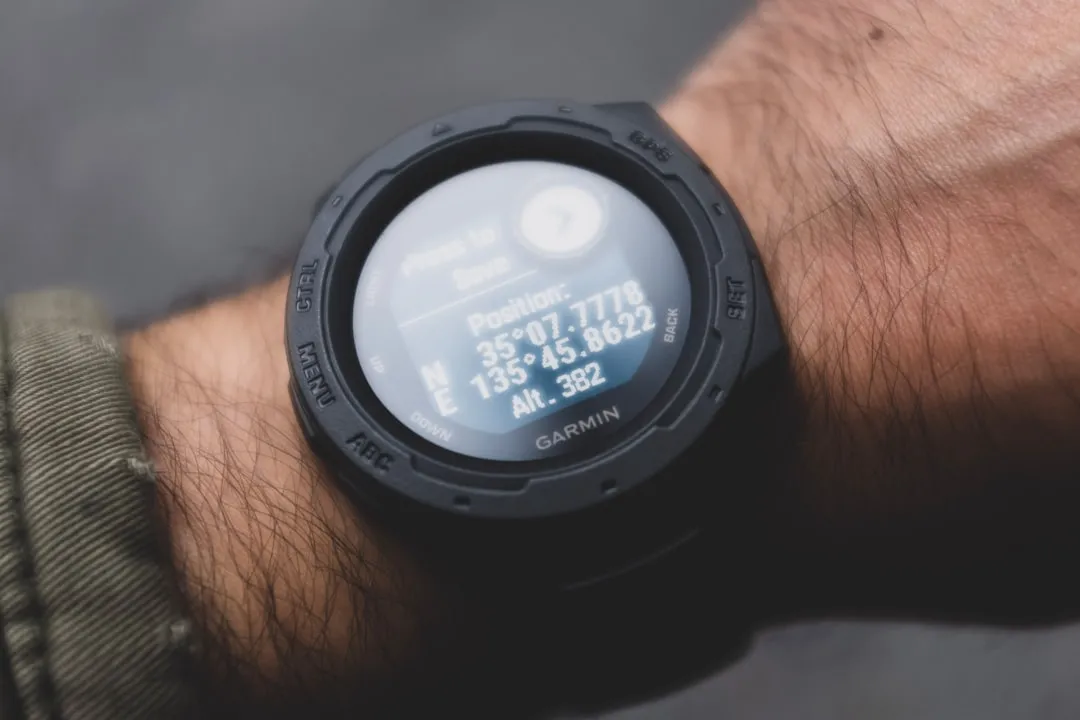

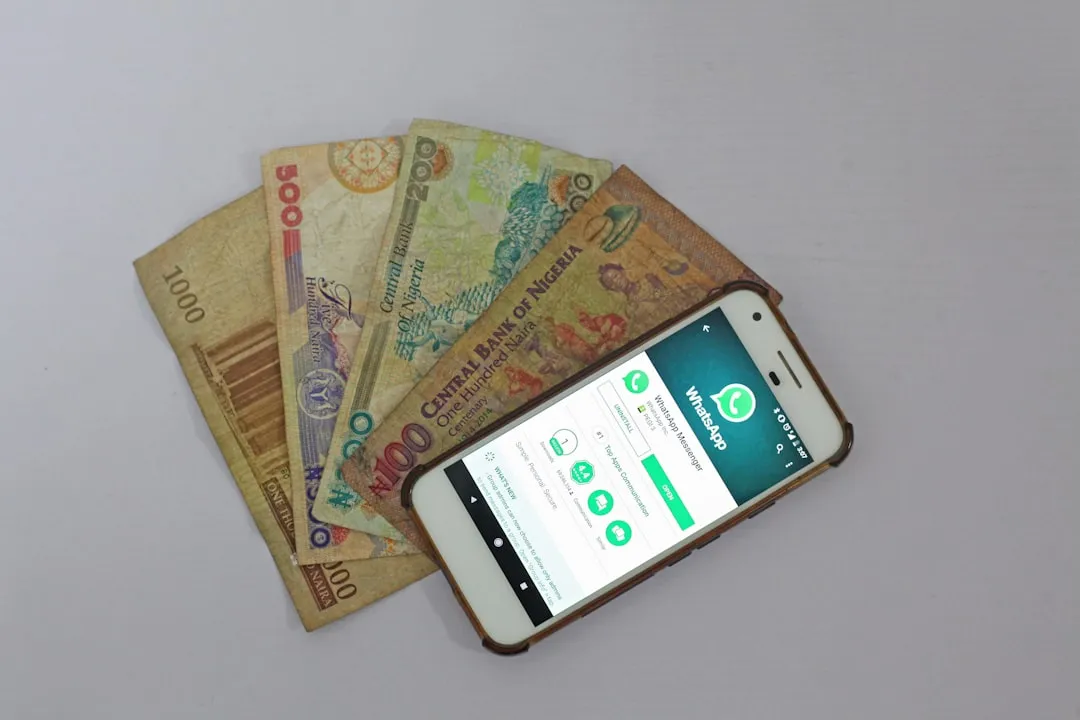
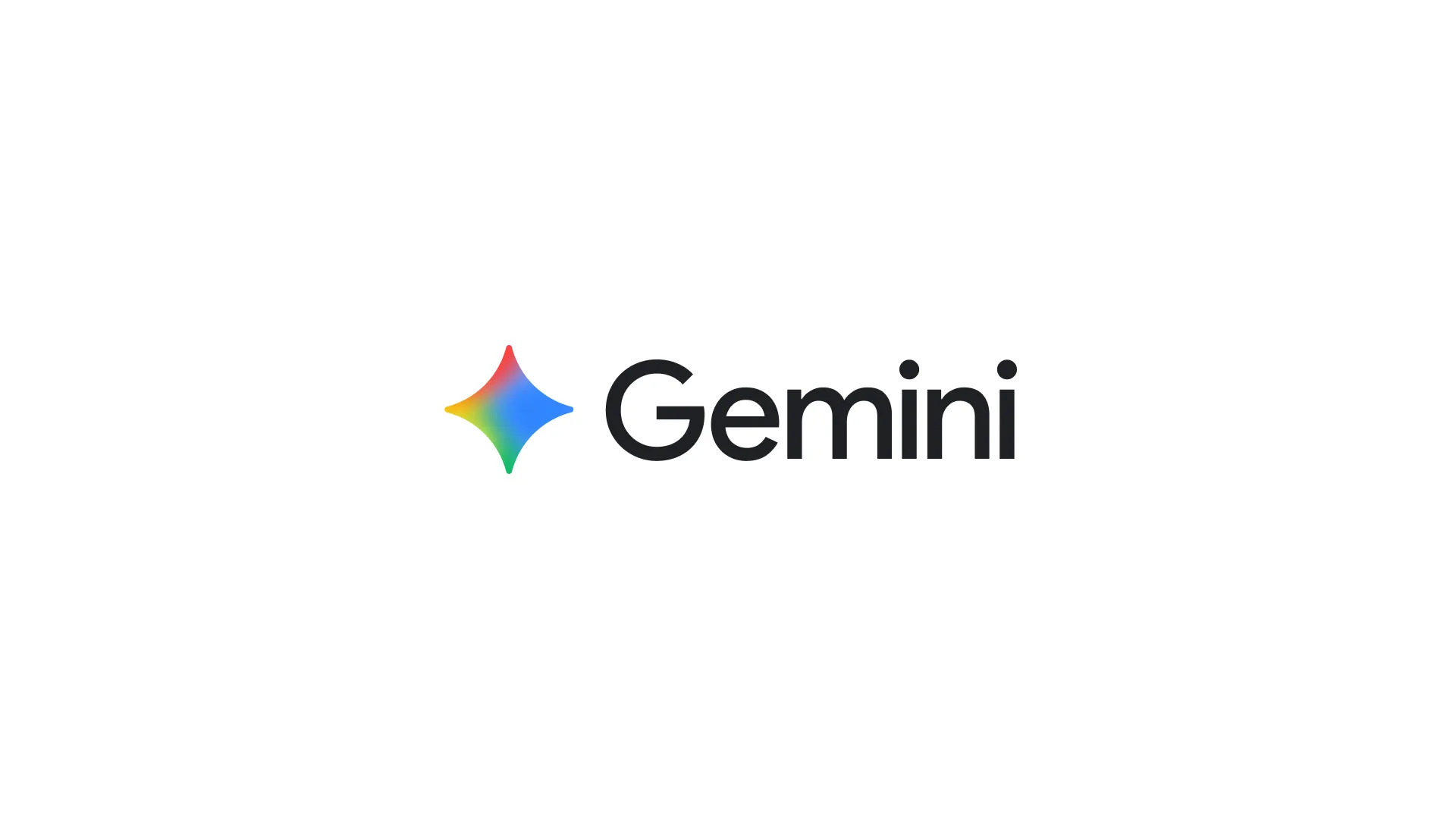
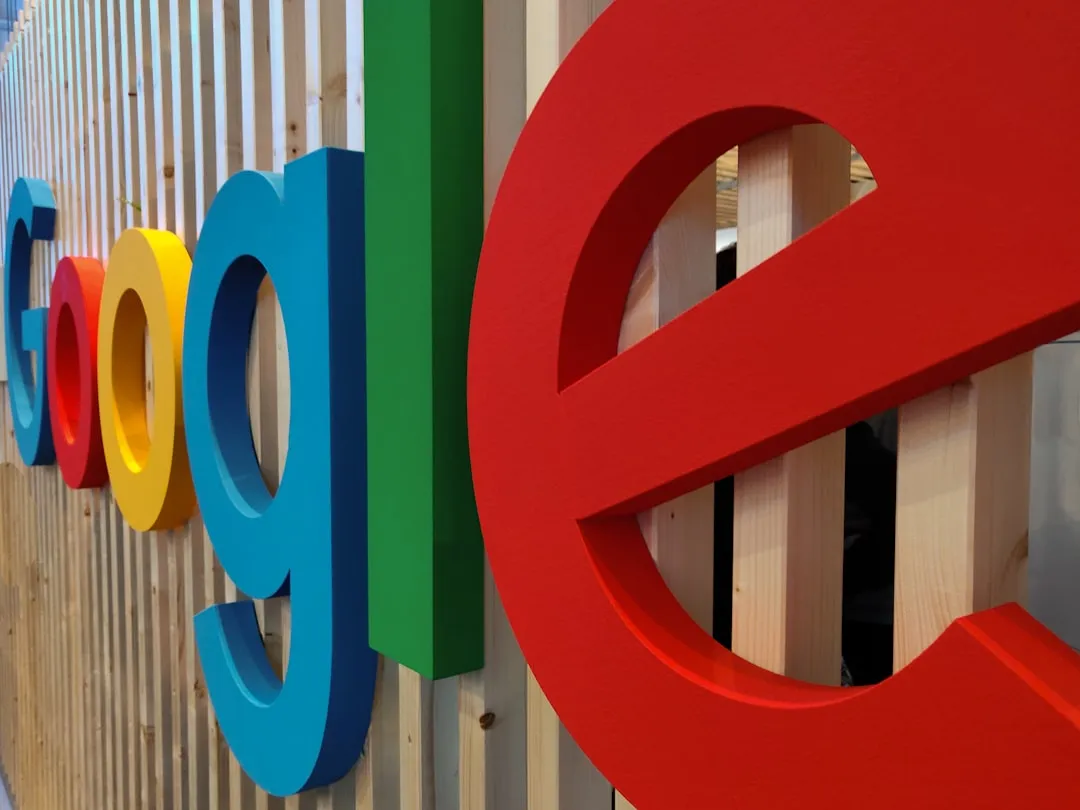
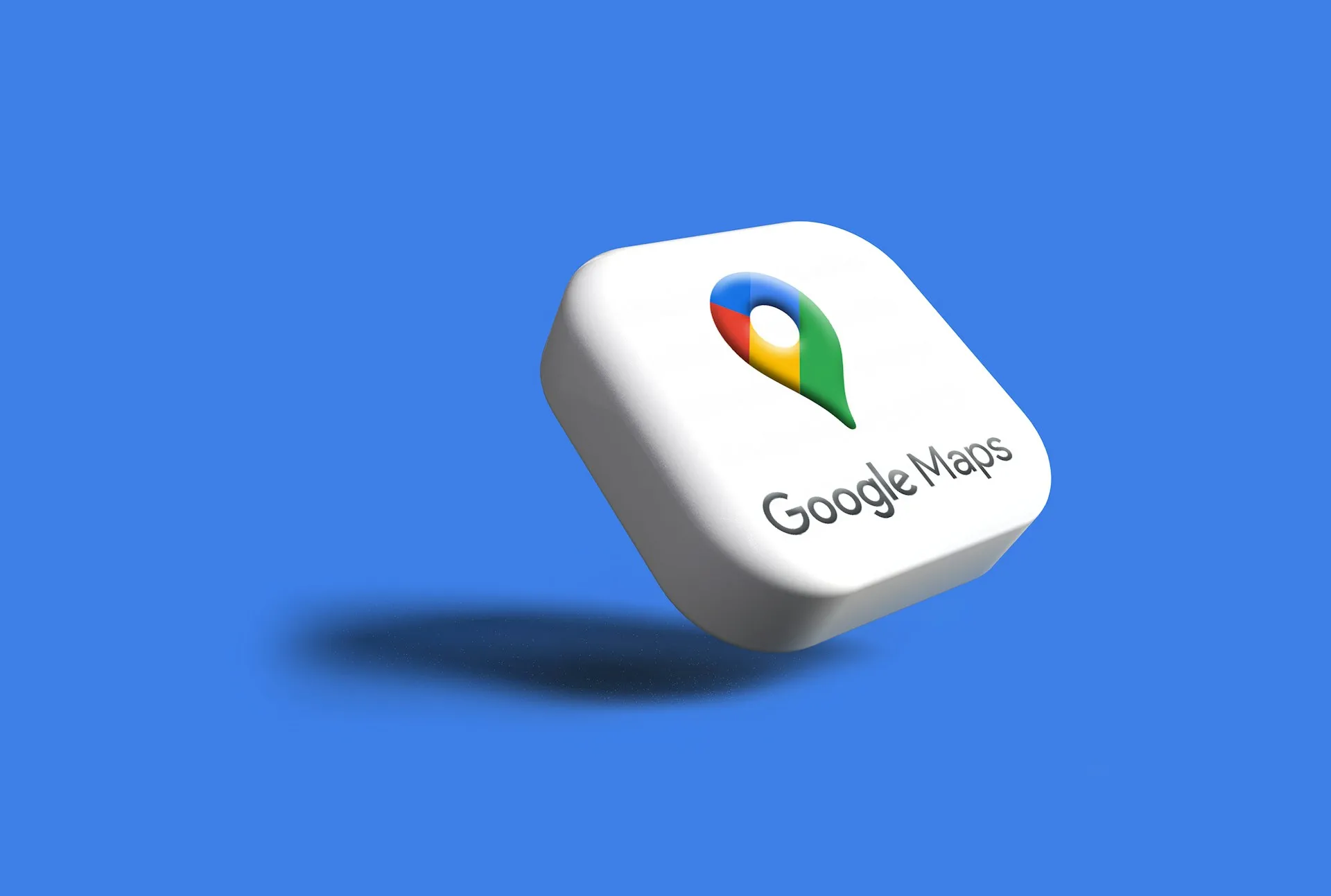
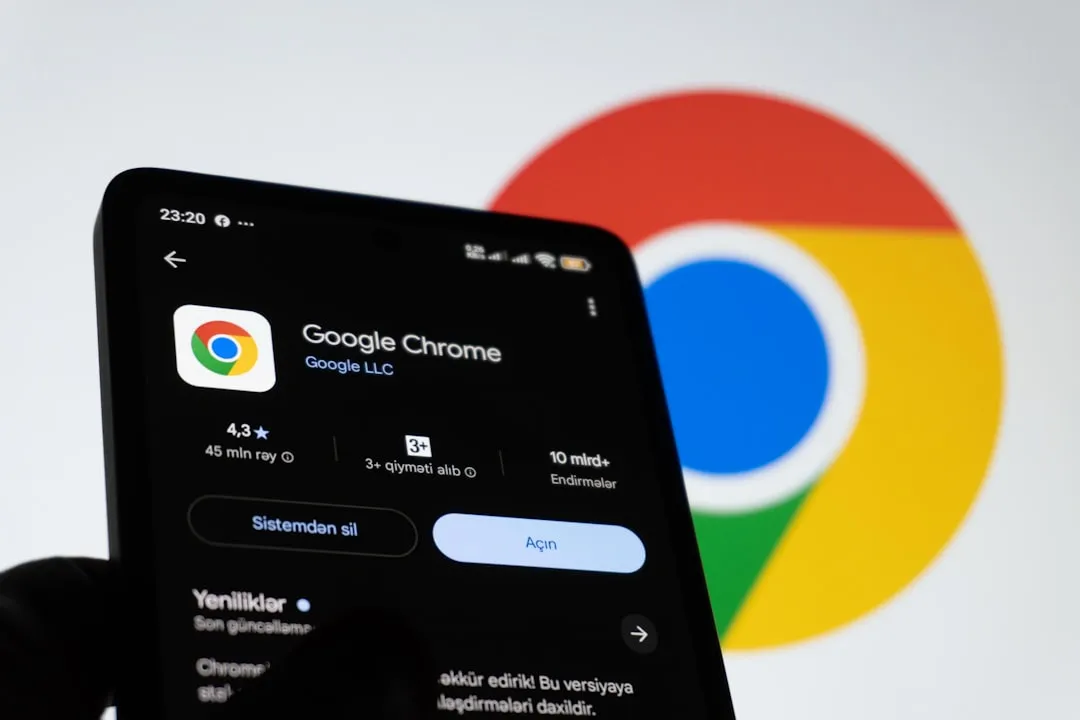

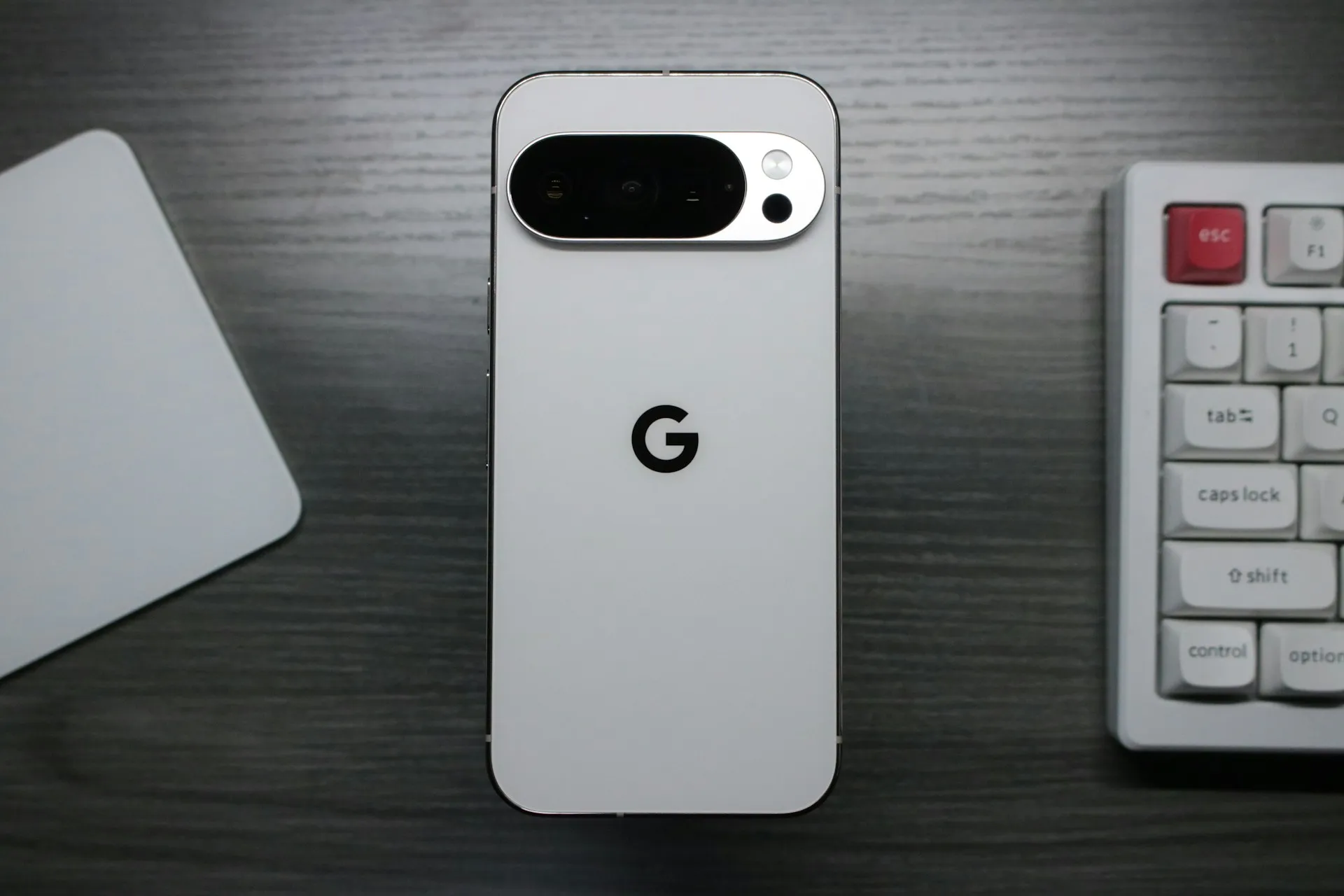
Comments
Be the first, drop a comment!